15 Popular Dog Breeds That Aren’t American
Dogs come from everywhere. This list highlights breeds that didn’t get their start in the U.S., but still manage to win over American households. They’re popular for different reasons: ` appearance, temperament, or just good old-fashioned charm. If you’ve ever wondered about the global roots of your favorite pup, this makes a good place to start.
Shiba Inu – Japan
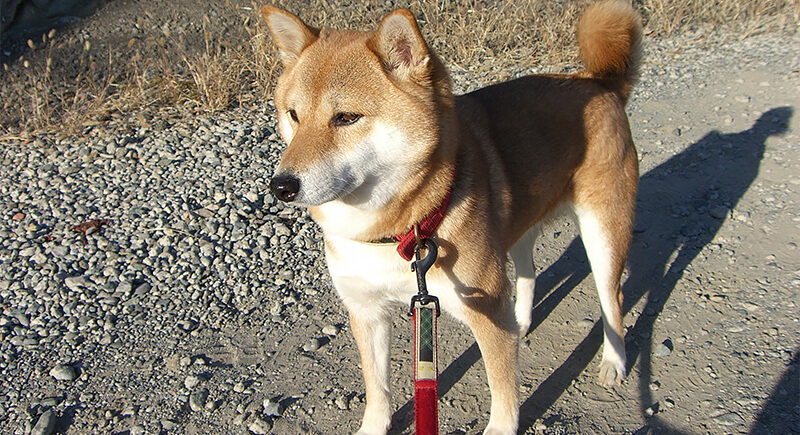
Credit: Wikimedia Commons
The Internet-famous Shiba Inu has been part of Japanese history since 300 B.C. They are known for their compact frame and fox-like face. It remains Japan’s most popular companion dog, and its clean habits and strong personality continue to win fans beyond its home country.
Cavalier King Charles Spaniel – England
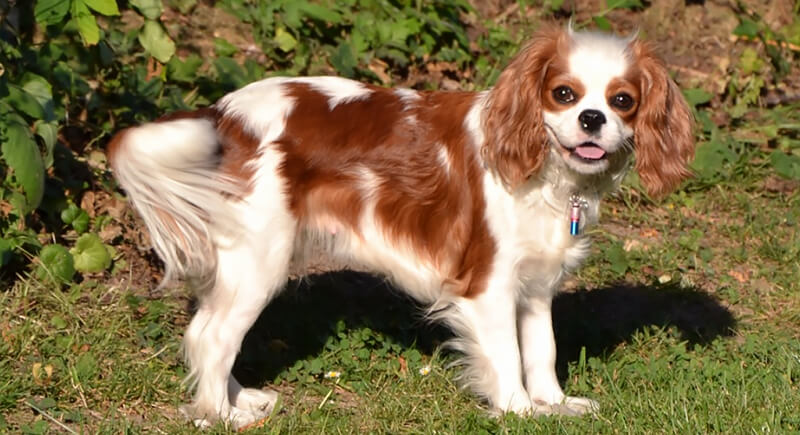
Credit: Wikimedia Commons
This spaniel earned its royal name thanks to King Charles II, who rarely went anywhere without his dogs. Later, breeders crossed it with pugs and Japanese Chins to develop the version seen today. Despite centuries of pampering in English courts, Cavaliers remain low-maintenance and affectionate with families worldwide.
German Shepherd – Germany
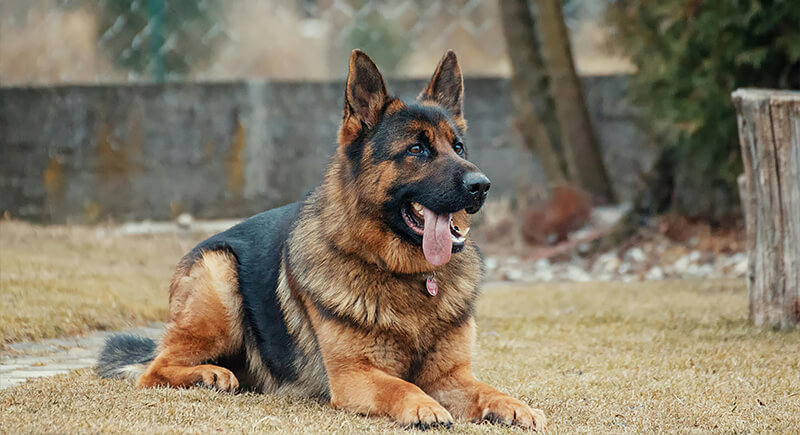
Credit: pexels
The German Shepherd ranks third for smarts, behind Border Collies and Poodles. It was developed in 1899 by a cavalry officer and bred to herd sheep. However, it didn’t stay in the fields long. Its intelligence and trainability helped it rise quickly through service ranks across the globe.
French Bulldog – France

Credit: pexels
French Bulldogs’ roots are traced to Paris in the 1800s, when toy-sized English Bulldogs were crossed with terriers. The result was a compact, bat-eared dog that preferred laps over labor. They’re still known for their sociable personality and sensitivity to being left alone.
Labrador Retriever – Canada
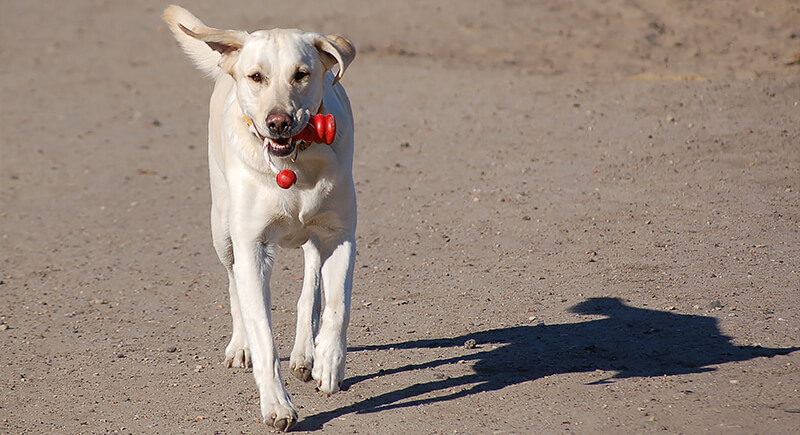
Credit: Wikimedia Commons
Newfoundland, Canada, is where this breed first earned its keep by retrieving fishing nets and hauling wood. English nobles brought them back to Britain and refined them into today’s Labrador Retriever. They’ve become the go-to choice for families, service roles, and detection work, thanks to their temperament and willingness to please.
Pug – China
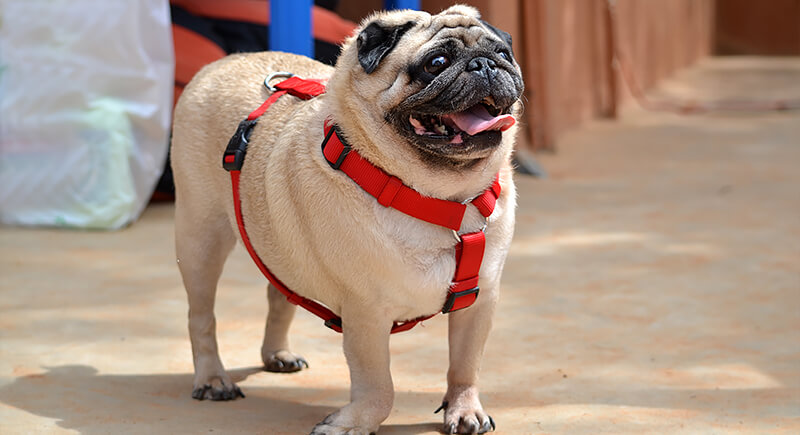
Credit: Wikimedia Commons
At one point, emperors had guards assigned just to protect their pugs. That should tell you how much status this tiny breed once carried. Traders brought them to Europe by the 1500s, and their popularity spread fast.
Border Collie – Scotland
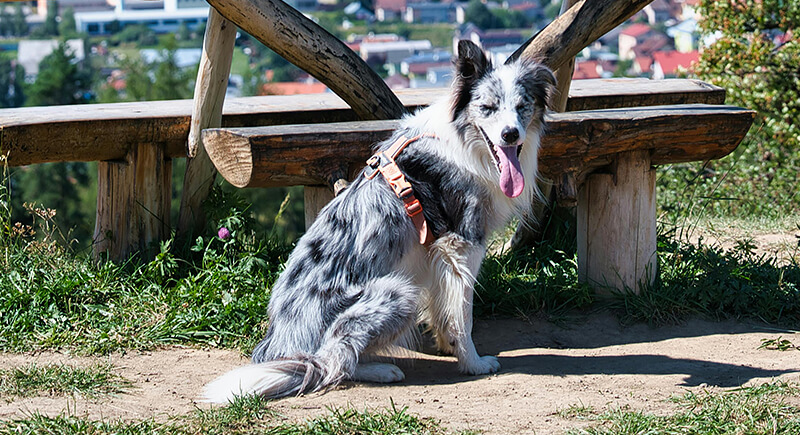
Credit: pexels
Not many dogs can manage 1,000 sheep on a hillside, but Border Collies are built for it. Bred in the borderlands between Scotland and England, they’re sharp, agile, and hardwired to work. Even today, they dominate sheepdog trials and obedience competitions.
Golden Retriever – Scotland

Credit: pexels
Ask a Golden to do something—anything—and it’ll probably say yes before it hears the question. That go-along nature is no accident. They were originally bred to retrieve birds from Scottish marshes and learned early on to be gentle and eager. They’re especially good with kids, which has helped their lasting popularity.
Rhodesian Ridgeback – Southern Africa
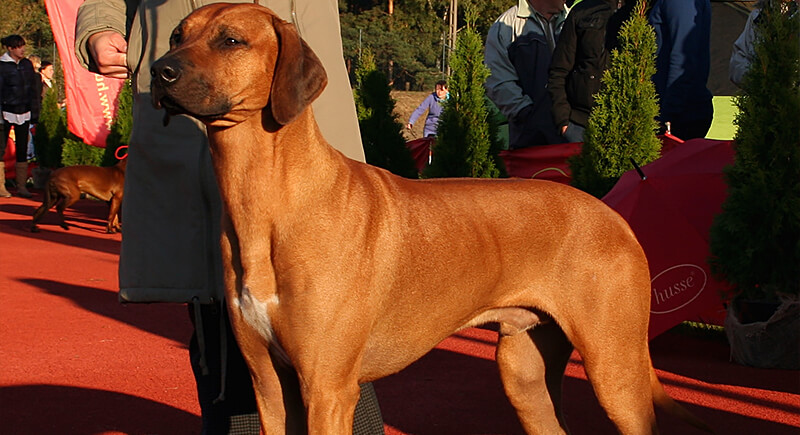
Credit: Wikimedia Commons
The ridge running along its back traces to dogs kept by the Khoikhoi, later shaped by European hounds. Bred in southern Africa for endurance and nerve, the Ridgeback guarded homesteads and joined hunts. It remains steady and loyal, though its independence calls for an experienced hand.
Akita – Japan
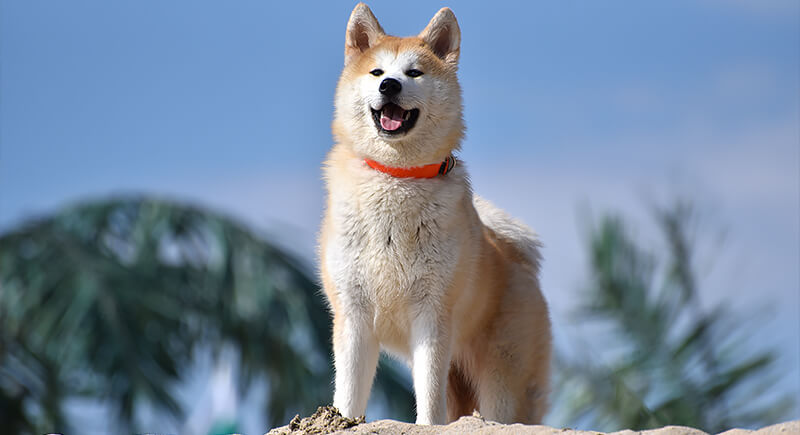
Credit: Wikimedia Commons
In Japan, the Akita has long stood as a sign of health and protection, a breed tied closely to family life rather than public display. Reserved and deliberate, it tends to attach itself to one household with quiet loyalty. Visitors may see a calm, distant dog, but those inside the circle know a companion that holds its ground and stays near.
Dalmatian – Croatia
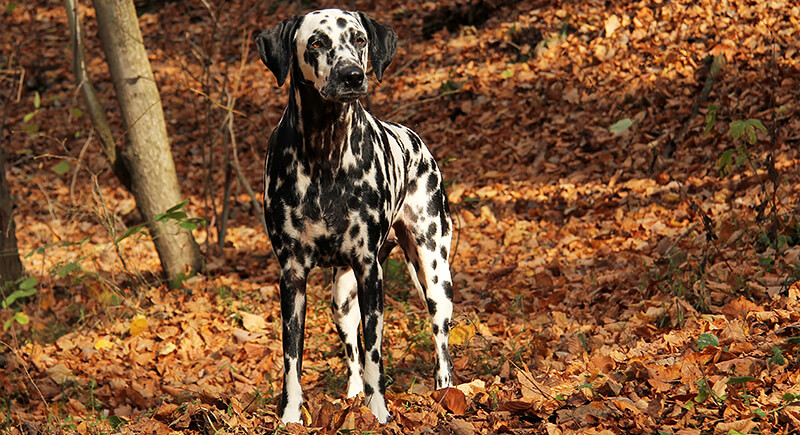
Credit: Wikimedia Commons
Today, they’re recognized as one of the most easily identifiable breeds in the world because of their spots. However, their original job had little to do with looks. They worked alongside horse-drawn carriages to guard the horses and cargo from thieves or wild animals.
Cane Corso – Italy
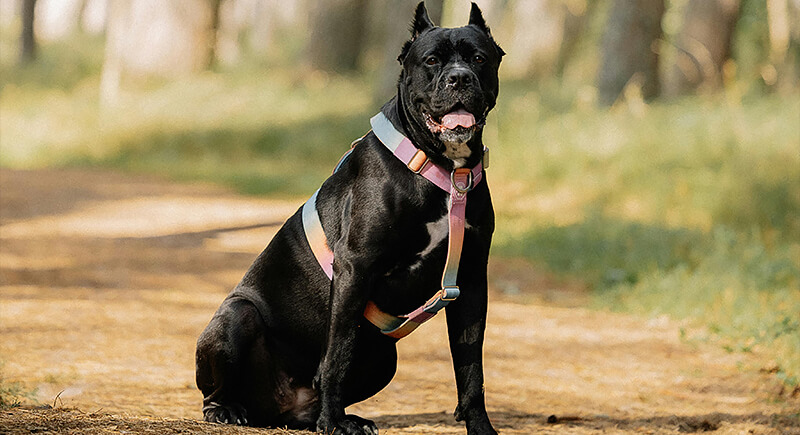
Credit: pexels
Though large, they’re remarkably trainable and tend to bond closely with their owners. These muscular dogs were often used to guard livestock and property. They’ve recently become more visible outside Italy, especially among people seeking a strong but even-tempered guard dog.
Samoyed – Siberia
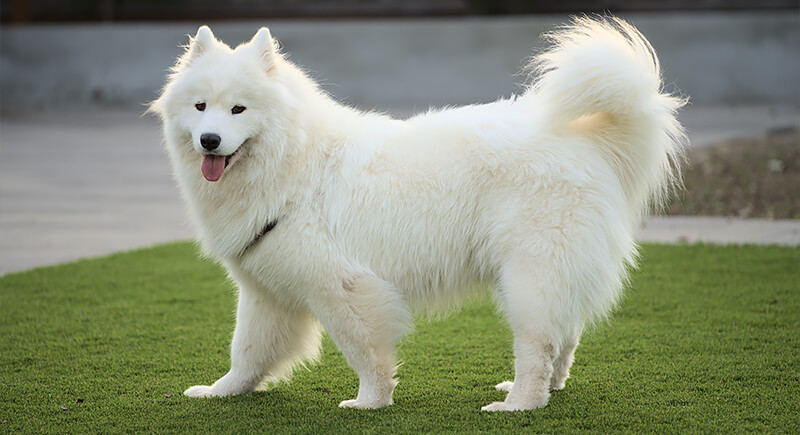
Credit: Wikimedia Commons
The breed’s “smile” helps prevent drool from freezing in subzero temperatures. They’ve adapted surprisingly well to life outside the Arctic, though they still prefer cooler climates. Their thick coats and friendly nature keep them popular in northern countries.
Cocker Spaniel – England

Credit: Wikimedia Commons
Cocker Spaniels first earned their reputation in the English countryside, where hunters relied on them to drive woodcock out of the brush. That’s how the breed got its name. Over time, two branches developed: the American type, smaller and rounder in build, and the English type, leggier with a calmer look about it.
Chow Chow – China

Credit: Wikimedia Commons
The Chow Chow has one of the longest pedigrees in the dog world, dating back to the Han Dynasty. The breed’s lion-like appearance and blue-black tongue set it apart visually. Chows tend to be reserved, sometimes aloof, but they’re deeply loyal once they connect with a person.